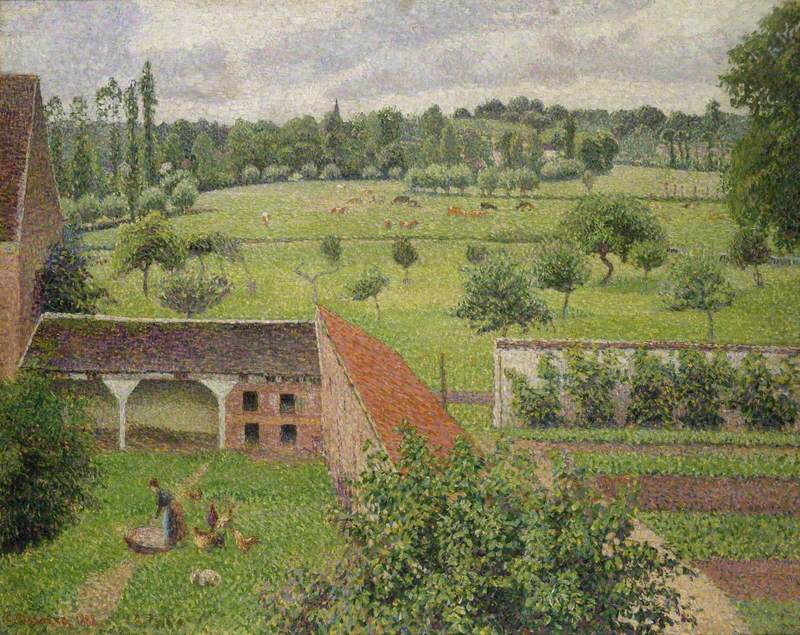Book Review: Babel, or the Necessity of Violence - An Arcane History of the Oxford Translators' Revolution, by R F Kuang
Periodically I browse to see what our local library has available online, and occasionally something appears that is already on my to-read list. This was one such occasion. Having read neither J K Rowling nor Philip Pullman, but seen film and TV adaptations of their works, both were at the back of my mind, with a whiff of a special child and a special school. In the foreword, Kuang is unnecessarily defensive about her adjustments to Oxford: it is an alternate Oxford, and so while many things will be familiar, there are tweaks and twists that clash with our knowledge, but not in a detrimental way - a translation of its own, perhaps.
In an alternative nineteenth century, Robin Swift is orphaned by cholera in Canton, but Professor Lovell brings him to Britain and has him schooled for entry into the Translation Institute in Oxford, based in its very own Tower of Babel ("bigger on the inside", would you believe it). Britain leads the world by virtue of its use of silver, with magical powers: inscribe the translation of a word on opposite sides of a silver bar, and energy is released by the gap, or loss, in translation. But there is a darker side to this, and whilst the theme is economic and colonial rather than theocratic, the approach is quite uncompromising. I found the pace gentle at first, up to about half way, when a lot of things suddenly happen, and the second half runs at a different velocity altogether. The end was one of the predictable options, but by no means the only possible one. Some of the characters disappoint, some things are more thinly sketched and it's difficult to hold them, some inconvenient truths are entertained, but overall this was a successful read.
Periodically I browse to see what our local library has available online, and occasionally something appears that is already on my to-read list. This was one such occasion. Having read neither J K Rowling nor Philip Pullman, but seen film and TV adaptations of their works, both were at the back of my mind, with a whiff of a special child and a special school. In the foreword, Kuang is unnecessarily defensive about her adjustments to Oxford: it is an alternate Oxford, and so while many things will be familiar, there are tweaks and twists that clash with our knowledge, but not in a detrimental way - a translation of its own, perhaps.
In an alternative nineteenth century, Robin Swift is orphaned by cholera in Canton, but Professor Lovell brings him to Britain and has him schooled for entry into the Translation Institute in Oxford, based in its very own Tower of Babel ("bigger on the inside", would you believe it). Britain leads the world by virtue of its use of silver, with magical powers: inscribe the translation of a word on opposite sides of a silver bar, and energy is released by the gap, or loss, in translation. But there is a darker side to this, and whilst the theme is economic and colonial rather than theocratic, the approach is quite uncompromising. I found the pace gentle at first, up to about half way, when a lot of things suddenly happen, and the second half runs at a different velocity altogether. The end was one of the predictable options, but by no means the only possible one. Some of the characters disappoint, some things are more thinly sketched and it's difficult to hold them, some inconvenient truths are entertained, but overall this was a successful read.





